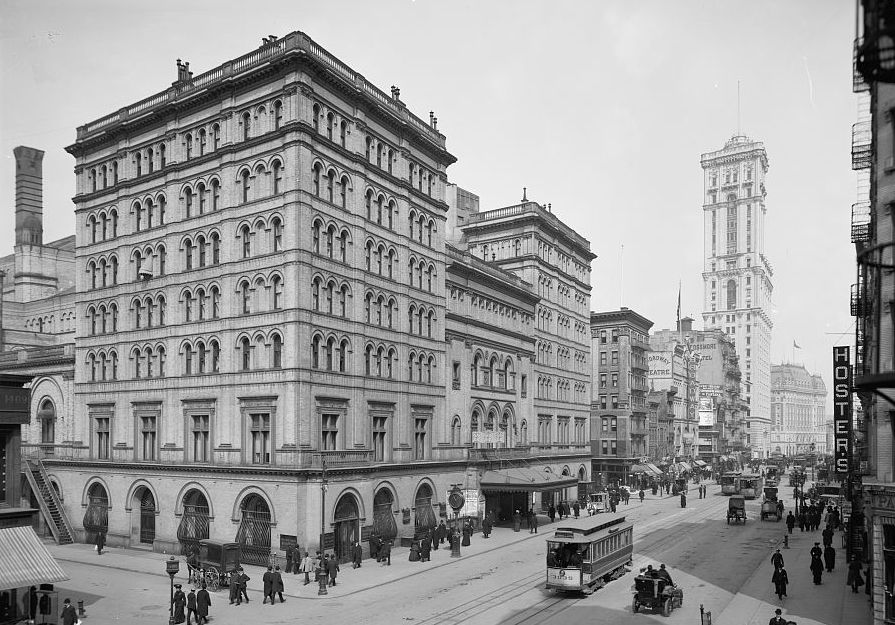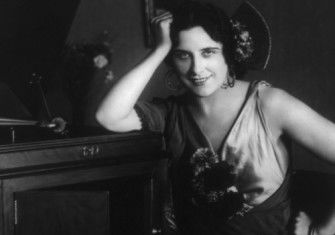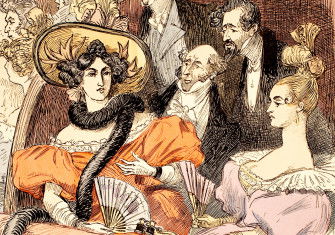The Opening of New York’s Metropolitan Opera House
The Met opened its doors on 22 October 1883.

For much of the 19th century the only opera house in New York was the Academy of Music, built by New York’s ‘old money’ elite. Only the oldest and most prominent families owned seats in the theatre’s exclusive boxes.
The nouveaux riches were only allowed in for the ‘French balls’, organised by the Cercle Française de l’Harmonie, in which wealthy men would ‘dance’ with semi-dressed prostitutes and courtesans. While this might have amused some male arriviste millionaires (and horrified their families), the real social prize was admission to the opera season and ‘new money’ families were frozen out of this.
So New York’s new money resolved to build their own opera house, in every way better than the one from which they were excluded. On 28 April 1880 a group of wealthy industrialists met at Delmonico’s restaurant to canvas for subscriptions. They proposed building a new opera house, twice the size of the Academy, on 39th and Broadway, with three tiers of private boxes reserved not for the old elite but for people like them.
The first Met subscribers included members of the Morgan, Roosevelt and Vanderbilt families, all of whom had been excluded from the Academy. The Academy realised its mistake too late and, in a panic, offered to add new boxes for the nouveaux riches and their ilk, but it was now their turn to snub the old theatre.
The Metropolitan Opera House opened on 22 October 1883 and was an overnight success. The first season opened with a performance of Charles Gounod’s Faust, starring the Swedish soprano Christina Nilsson, but it was the array of new money in their new boxes that really made news. New York’s social coup was complete.
With the society spotlight turned away, the Academy of Music began to fail. Its opera season was cancelled in 1886 and never reinstated. In 1888 it began to offer vaudeville.






